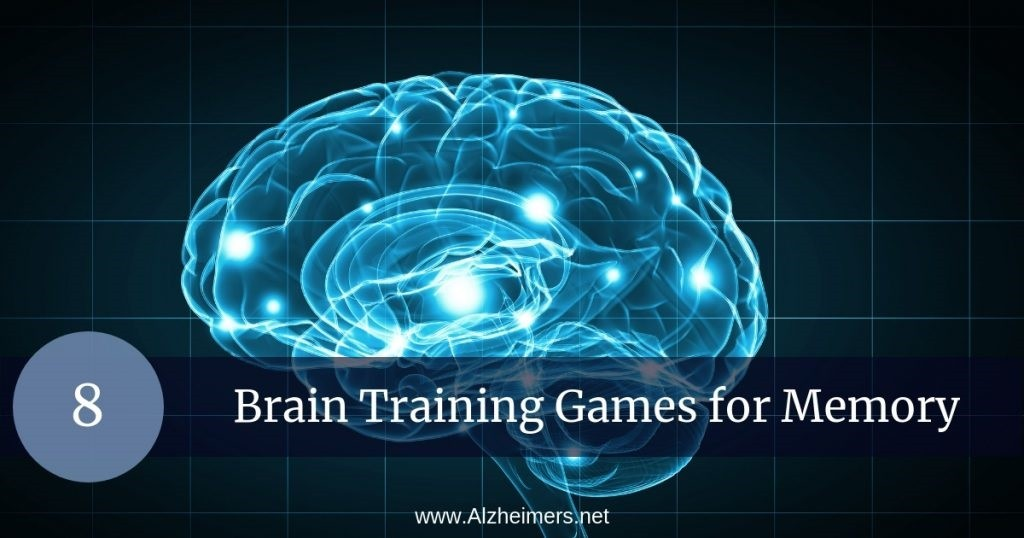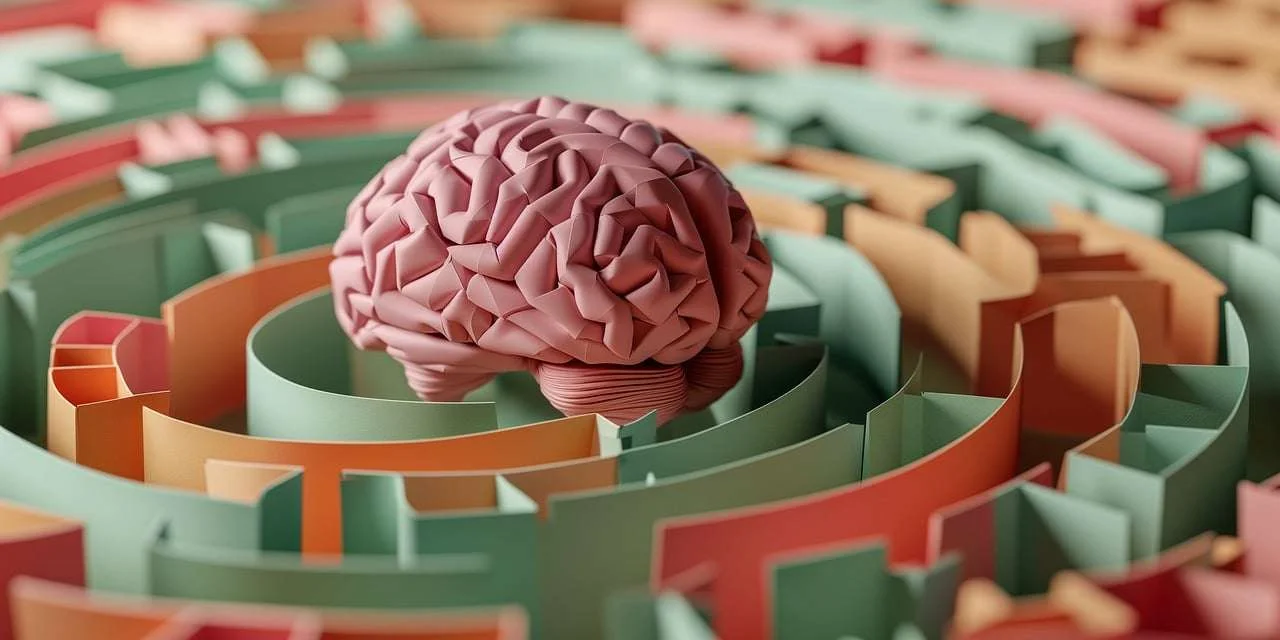Introduction
In our fast-paced digital world, maintaining sharp memory and optimal cognitive function has become more challenging—yet more essential—than ever before. Whether you’re a busy professional juggling multiple projects, a student preparing for exams, or simply someone who wants to preserve mental acuity as you age, implementing effective brain exercises into your daily routine can yield remarkable results. This article explores five science-backed brain exercises that can significantly enhance your memory retention, processing speed, and overall cognitive performance. These practical techniques require minimal time investment but offer substantial long-term benefits for your brain health and mental capabilities.
The Science Behind Brain Training
Before diving into specific exercises, it’s important to understand why brain training works. Neuroplasticity—the brain’s ability to reorganize itself by forming new neural connections—continues throughout life. When you engage in challenging mental activities, you stimulate these connections, essentially strengthening your brain like a muscle. Research published in the Journal of Cognitive Neuroscience indicates that consistent mental exercise can improve performance on memory tasks by up to 40% within just six weeks.
5 Powerful Brain Exercises for Enhanced Memory and Cognition
1. The Visualization Method

The visualization technique leverages the brain’s powerful image-processing capabilities to dramatically improve memory retention.
How to practice:
- Select information you need to remember
- Create vivid, unusual, or emotionally charged mental images related to that information
- Place these images along a familiar route (like your commute or rooms in your home)
- To recall, mentally walk through your route and retrieve the images
Dr. Richard Restak, neurologist and author of “The Complete Guide to Memory,” states that “visualization techniques can improve memory recall by up to 70% compared to rote memorization methods” because they engage multiple brain regions simultaneously.
Daily challenge: Practice memorizing your shopping list using visualization instead of writing it down.
2. Dual N-Back Training
This advanced cognitive exercise has been featured in numerous scientific studies for its effectiveness in boosting working memory and fluid intelligence.
How to practice:
- Start with a simple version: a 3×3 grid where a square lights up in different positions while a letter is spoken simultaneously
- Remember both the position of the square and the letter from “n” steps back (start with 1-back)
- As your performance improves, increase to 2-back, 3-back, and beyond
A landmark study in the Proceedings of the National Academy of Sciences found that participants who practiced dual n-back training for 25 minutes daily showed significant improvements in working memory and problem-solving abilities after just 20 days.
Daily challenge: Use one of several free dual n-back training apps for 10-15 minutes daily.
3. Active Reading with the Feynman Technique
Named after Nobel Prize-winning physicist Richard Feynman, this technique transforms passive reading into an active cognitive exercise.
How to practice:
- Select a concept you want to learn or remember
- Explain it in simple language as if teaching a child
- Identify gaps in your explanation and revisit the source material
- Simplify your language further and create analogies until the concept is crystal clear
This method forces your brain to convert information from recognition (passive) to recall (active), which builds stronger neural pathways. Studies show that teaching material to others improves your own understanding and retention by approximately 90%.
Daily challenge: Take a complex article you’ve read today and explain its main points in your own simple words, either in writing or verbally.
4. Mathematical Mental Calculations

Mental math exercises strengthen multiple cognitive processes simultaneously, including working memory, attention, and processing speed.
How to practice:
- Start with basic addition or subtraction without using calculators or fingers
- Progress to more complex operations like multiplication or division
- Try calculating tips, discounts, or splitting bills mentally in real-life situations
- For advanced practice, learn methods like Vedic Mathematics for mental shortcuts
Neuroscientists at Oxford University found that parts of the brain responsible for memory and attention grew in volume after participants engaged in regular mental calculation exercises for eight weeks.
Daily challenge: Calculate the total cost including tax when shopping, or practice multiplying two-digit numbers while waiting in line.
5. Memory Palace Construction
This ancient mnemonic technique—used by memory champions worldwide—transforms abstract information into unforgettable spatial memories.
How to practice:
- Choose a familiar location (your home, workplace, etc.)
- Define a specific path through this location with 5-10 distinct spots
- Place vivid, interactive mental images of what you need to remember at each spot
- To recall, mentally walk through your “palace” and observe each image
Joshua Foer, author of “Moonwalking with Einstein,” notes that after learning this technique, he went from being an average person to winning the U.S. Memory Championship in just one year.
Daily challenge: Create a simple memory palace with five locations and use it to memorize five items, concepts, or facts you need to remember today.
Frequently Asked Questions
How long should I practice these exercises for optimal results?
Research indicates that consistency matters more than duration. Start with 10-15 minutes daily rather than an hour once a week. Studies show that brain training is most effective when practiced regularly, with measurable improvements typically appearing after 3-6 weeks of consistent training.
Will these exercises help prevent cognitive decline with aging?
The Alzheimer’s Association reports that mentally stimulating activities may reduce the risk of cognitive decline by up to 63%. While no exercise can guarantee prevention, regular cognitive challenges create what scientists call “cognitive reserve”—essentially a buffer against age-related decline.
Can these exercises improve my productivity at work?
Absolutely. A study published in the Harvard Business Review found that employees who engaged in regular brain training reported a 29% increase in productivity and a 25% improvement in task completion speed after two months.
At what age should I start brain training?
The best time to start is now, regardless of your age. While younger brains adapt more quickly, neuroplasticity continues throughout life. Even people in their 80s and 90s show significant cognitive improvements from mental exercises.
How can I track my progress?
Several options exist: keep a simple journal noting improvements in daily tasks, use brain training apps that track performance metrics, or take standardized cognitive assessments every few months to measure changes in specific cognitive domains.
Conclusion
Incorporating these five powerful brain exercises into your daily routine requires minimal time investment but can yield substantial cognitive benefits. The key to success lies in consistency and progressive challenge—continue to push your cognitive boundaries as exercises become easier. Remember that cognitive improvement is a marathon, not a sprint. By dedicating just 15-20 minutes daily to these evidence-based techniques, you’re not just enhancing your memory and cognitive function for today—you’re investing in your mental well-being for decades to come.
Start with just one exercise that resonates with you, master it, and then gradually incorporate others. Your brain—much like a muscle—will respond to consistent training with increased strength, efficiency, and resilience. The cognitive improvements you’ll experience will extend far beyond memorization, enhancing your problem-solving abilities, creative thinking, focus, and overall mental clarity in every aspect of life.
Lorem ipsum dolor sit amet, consectet adipiscing elit,sed do eiusm por incididunt ut labore et dolore magna aliqua. Ut enim ad minim veniam, quis nostrud exercitation ullamco laboris nisi ut aliquip ex ea sint occaecat cupidatat non proident, sunt in culpa qui officia mollit natoque consequat massa quis
Donec pede justo, fringilla vitae, eleifend acer sem neque sed Lorem Lorem ipsum dolor sit amet, consectet adipiscing elit,sed do eiusm por incididunt ut labore et dolore magna aliqua. Ut enim ad minim veniam, quis nostrud exercitation ullamco laboris nisi ipsum. Nam quam nunc, blandit vel, ridiculus mus. Donec quam felis, ultricies nec, pellentesque eu, pretium consectetuer luculvinar, ids lorem. Maecenas nec odio et ante tincidunt tempus.
Lorem ipsum dolor sit amet, consectet adipiscing elit,sed do eiusm por incididunt ut labore et dolore magna aliqua. Ut enim ad minim veniam, quis nostrud exercitation ullamco laboris nisi ut aliquip ex ea sint occaecat cupidatat non proident, sunt in culpa qui officia mollit natoque consequat massa quis enim.


Lorem ipsum dolor sit amet, consectet adipiscing elit,sed do eiusm por incididunt ut labore et dolore magna aliqua. Ut enim ad minim veniam, quis nostrud exercitation ullamco laboris nisi ut aliquip ex ea sint occaecat cupidatat non proident, sunt in culpa qui officia mollit natoque consequat massa quis
Donec pede justo, fringilla vitae, eleifend acer sem neque sed Lorem Lorem ipsum dolor sit amet, consectet adipiscing elit,sed do eiusm por incididunt ut labore et dolore magna aliqua. Ut enim ad minim veniam, quis nostrud exercitation ullamco laboris nisi ipsum. Nam quam nunc, blandit vel, ridiculus mus. Donec quam felis, ultricies nec, pellentesque eu, pretium consectetuer luculvinar, ids lorem. Maecenas nec odio et ante tincidunt tempus.
Lorem ipsum dolor sit amet, consectet adipiscing elit,sed do eiusm por incididunt ut labore et dolore magna aliqua. Ut enim ad minim veniam, quis nostrud exercitation ullamco laboris nisi ut aliquip ex ea sint occaecat cupidatat non proident, sunt in culpa qui officia mollit natoque consequat massa quis enim.
Lorem ipsum dolor sit amet, consectet adipiscing elit,sed do eiusm por incididunt ut labore et dolore magna aliqua. Ut enim ad minim veniam, quis nostrud exercitation ullamco laboris nisi ut aliquip ex ea sint occaecat cupidatat non proident, sunt in culpa qui officia mollit natoque consequat massa quis
Donec pede justo, fringilla vitae, eleifend acer sem neque sed Lorem Lorem ipsum dolor sit amet, consectet adipiscing elit,sed do eiusm por incididunt ut labore et dolore magna aliqua. Ut enim ad minim veniam, quis nostrud exercitation ullamco laboris nisi ipsum. Nam quam nunc, blandit vel, ridiculus mus. Donec quam felis, ultricies nec, pellentesque eu, pretium consectetuer luculvinar, ids lorem. Maecenas nec odio et ante tincidunt tempus.
Lorem ipsum dolor sit amet, consectet adipiscing elit,sed do eiusm por incididunt ut labore et dolore magna aliqua. Ut enim ad minim veniam, quis nostrud exercitation ullamco laboris nisi ut aliquip ex ea sint occaecat cupidatat non proident, sunt in culpa qui officia mollit natoque consequat massa quis enim.


